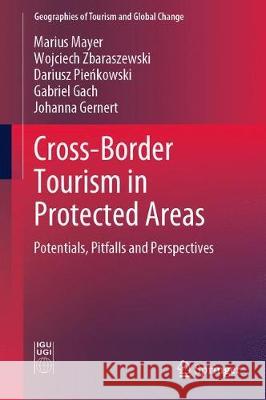Cross-Border Tourism in Protected Areas: Potentials, Pitfalls and Perspectives » książka
topmenu
Cross-Border Tourism in Protected Areas: Potentials, Pitfalls and Perspectives
ISBN-13: 9783030059606 / Angielski / Twarda / 2019 / 371 str.
Kategorie BISAC:
Wydawca:
Springer
Seria wydawnicza:
Język:
Angielski
ISBN-13:
9783030059606
Rok wydania:
2019
Wydanie:
2019
Ilość stron:
371
Waga:
0.94 kg
Wymiary:
23.5 x 15.5
Oprawa:
Twarda
Wolumenów:
01











